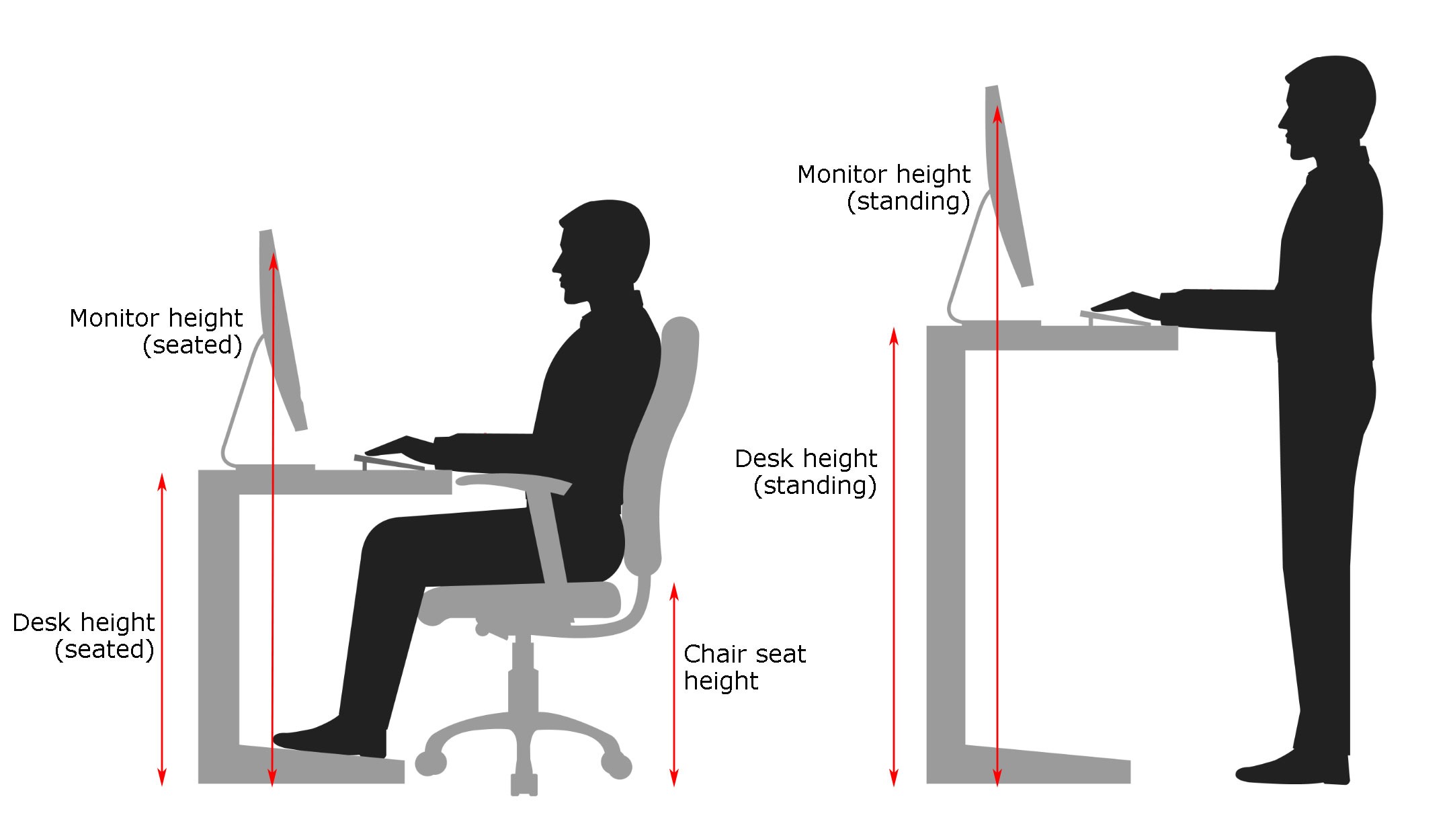Minimum Space Requirements for Desk Chairs: How Much Space Does A Desk Chair Need

Choosing the right desk chair is crucial for comfort, productivity, and even your long-term health. But just as important as the chair itself is the space you allocate for it. Insufficient space can lead to discomfort, restricted movement, and hinder your workflow. Let’s explore the minimum space requirements to ensure your workspace is both functional and enjoyable.
Chair Dimensions and Space Requirements
The space needed around your desk chair varies significantly depending on the chair’s size and type. Ergonomic chairs, for instance, often require more room than standard office chairs due to their larger size and features like adjustable armrests. Gaming chairs, known for their bulkier designs, demand even more space. The following table provides a comparison:
| Chair Type | Width (inches) | Depth (inches) | Minimum Clearance (inches) |
|---|---|---|---|
| Standard Office Chair | 24-26 | 22-24 | 36 |
| Ergonomic Chair | 26-30 | 26-28 | 42 |
| Gaming Chair | 28-32 | 28-30 | 48 |
Note: These are approximate dimensions and clearances. Always check the manufacturer’s specifications for your specific chair model. The minimum clearance includes space for comfortable movement and legroom.
Minimum Floor Space for Comfortable Movement and Legroom
Comfortable chair usage necessitates sufficient floor space for legroom and smooth movement. Consider the user’s height and build. For an average adult (5’6″ – 6′), a minimum of 30 inches of legroom from the seat edge to the desk or any obstruction is recommended. Taller individuals will require more legroom, potentially up to 36 inches or more. For wider individuals, additional floor space is necessary for comfortable lateral movement. A minimum of 36 inches of space in front of the chair is recommended to accommodate leg extension and allow for easy standing up.
Visual Representation of Minimum Space Requirements, How much space does a desk chair need
Imagine a square measuring 4 feet (48 inches) by 4 feet (48 inches). At the center of this square sits a standard office chair. A 2-foot radius (24 inches) of clear space surrounds the chair, representing the minimum distance needed for free movement. This area is free from obstacles such as filing cabinets, printers, or other furniture. The desk is positioned directly in front of the chair, leaving the 36-inch minimum clearance mentioned earlier. This visual representation ensures sufficient space for comfortable sitting, standing, and general movement around the chair. Consider this 4×4 feet space as the bare minimum; more space is always preferable for enhanced comfort and maneuverability.
